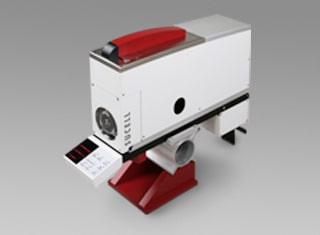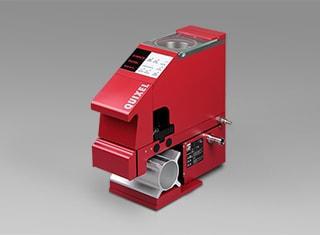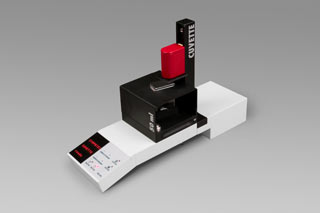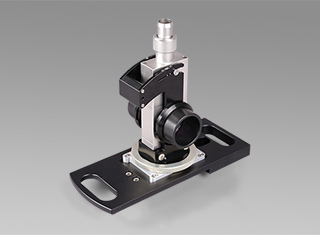Suspensions, emulsions, gels and even bubbles should be recorded as product-appropriate in liquid, or disperse systems that are available wet. Due to the comparative ease of dispersion in liquid media, wet analysis came into use before dry dispersion, and is widely used. When stirring and pumping over in wet measurement circuits, often the resistance (pressure and frictional forces) and inertia forces created by the acceleration and upstream flow of the particles is sufficient for even dispersion. If necessary, dispersion can also be reinforced through treatment with ultrasound (cavitation forces) and the use of dispersants to stabilise the dispersion.
The optical concentration of a suspension or emulsion provided for measurement in a cuvette can be adapted for the relevant measurement process. To achieve this, there is the option of varying the liquid volume, or using cuvette types with different irradiation depths which determine the strength of the liquid film.
Our wet dispersers offer analysis volumes of up to 6 ml to several litres. The irradiation depth ranges from 30 µm to 20 mm. Suspensions with tiny sample quantities of just a few milligrams, up to several grams, are reliably dispersed and analysed in the broad spectrum of different liquid volumes and film strength. Our flexible wet disperses cover particles ranging from 0.1 µm to over 10 mm, and also offer options for the dispersion of high-density particles. Aggressive liquids can also be used as dispersion medium with special substances. Selected wet measurement cells have an integrated ultrasonic generator and, if required, can also be fitted with temperature controls. An appropriate disperser is available for almost any wet application.
















